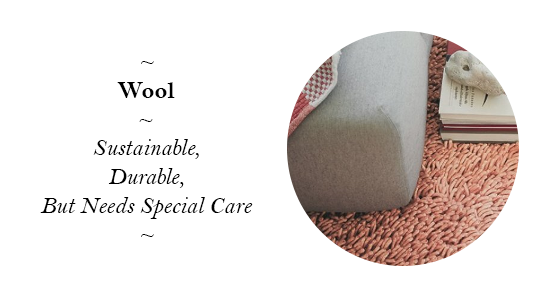
Why Choose a Wool Carpet, what are the benefits of choosing wool flooring. Unlike petroleum-based synthetics, wool is a renewable resource that is biodegradable and energy-efficient. Sheep raised for wool are among the best cared-for livestock in the world. Where sheep herding is a way of life, the natural wool is harvested and processed with pride.
Wool can be produced with about 1/8th of the energy required for nylon. Its carbon footprint is barely discernible. The main source of energy is sunlight to grow the grass that feeds the sheep. Wool retains its good looks longer, reducing the need for replacement. When disposed of properly, it is totally biodegradable and enriches the earth with essential plant nutrients. Even in a landfill, it will decompose without harmful residues.
In cold weather, wool carpet reduces energy requirements by preventing heat loss; in warm weather, it prevents heat from rising through the floor to help keep rooms cool and comfortable. Chemical emissions from carpet cleaning are up to 5 times lower than on hard floors. A natural air filter! Wool fiber binds pollutant gases within its structure and can purify indoor air for up to 30 years. Studies have shown that wool carpets reduce formaldehyde, absorb sulfur dioxide, and have a high removal rate of nitrogen dioxide.
When cleaning, Wool should be given a long drying time and can be steam-cleaned. However, care should be taken so that any chemical cleaning product does not have a high alkaline content, as this will degrade organic fibres; a pH of around 8 should be the limit. Bleach should certainly be avoided.
For so many reasons, wool is a conscientious choice that upholds the most stringent commercial and hospitality industry standards.

